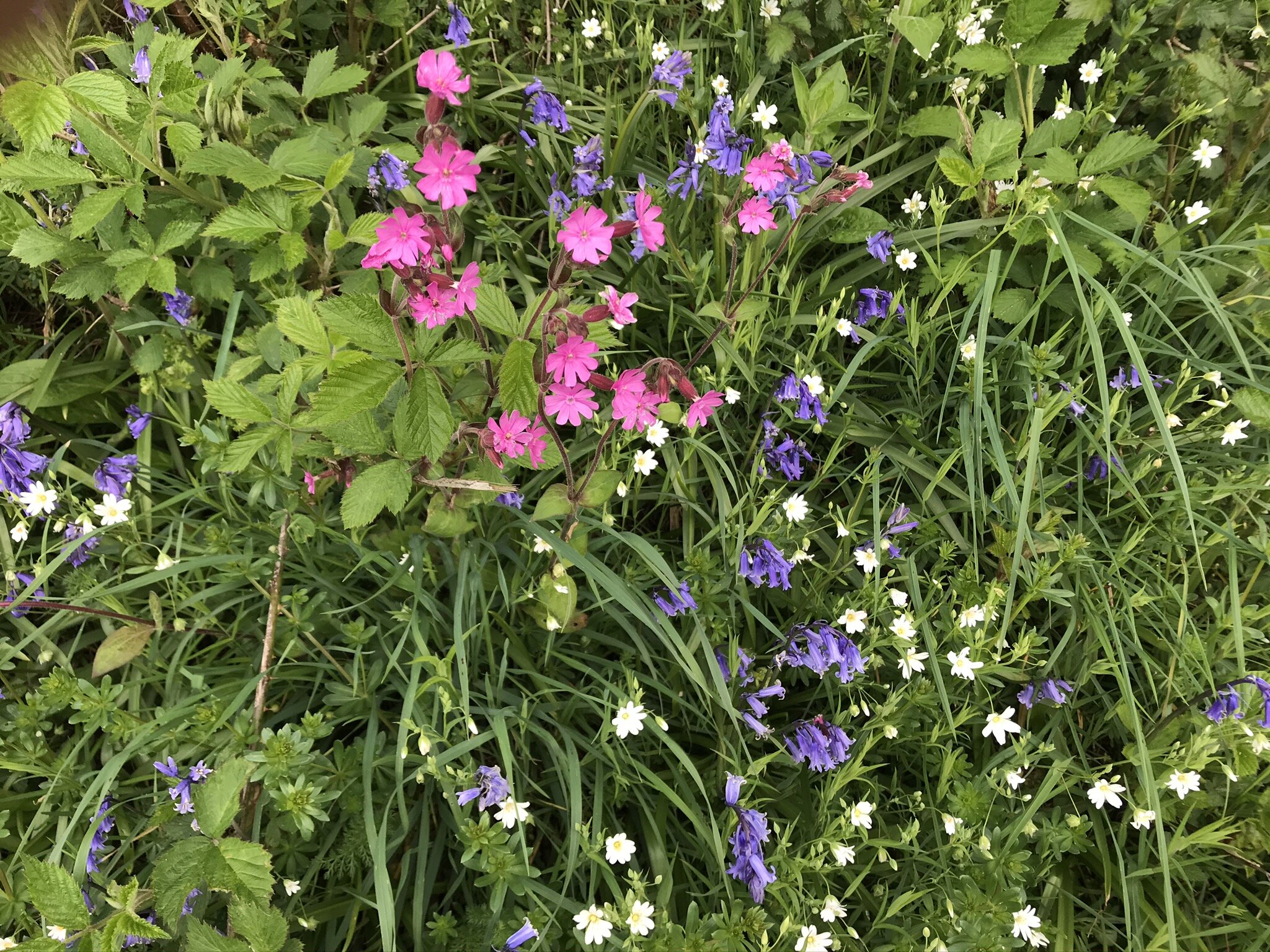by Colin Burbidge
This report is from the Western Times 3rd Feb 1865 and summarises a lecture by the Rev. John Ingle, who was the first owner of the original St Olaves estate in Murchington in the late 1860s. He particularly focuses on the area of Dartmoor that is accessible by foot from Murchington.
At the Athenaeum in Exeter, on Tuesday evening, the Rev. John Ingle conducted a large audience on very interesting and pleasant, tour over the moorland region of Dartmoor. The lecture was illustrated with chalk and sepia sketches, drawn specially for it by one of the rev. gentleman's pupils at Mount Radford School.
Starting at Fingle Bridge, Mr. Ingle noticed that at the top of the interesting encampment opposite, a beautiful view is commanded of most delightful scenery. The bucolic mind has a peculiar penchant for some kinds of geology, and, unhappily, the stones of which the walls are formed, being porphyritic granite, are admirably adapted for roads, and hence are fast disappearing. From Fingle Bridge to the cromlech at Drewsteignton and Chagford the lecturer had taken some pleasant walks, and he now gave a description of what he had seen. Passing the romantic Holly-street Mill, you come to Gidleigh House which is in the midst of varied and most delicious scenery, but in very dilapidated condition.
Visitors to Gidleigh generally made a "great mistake” in going to the front of the house and taking the wrong route on their way to Moor ; they should not go within two or three gunshots of the house, but when they get to the rustic cart bridge leading to the more private grounds of the house, should turn off to the left and go up through the woods, where they would enjoy a walk that can hardly be surpassed. Visitors should go partly by the river side, and then they would immediately get on the best part of the Moor. Getting towards Kestor you come across a cluster of the most curious remains on the Moor, viz., " Hut Circles " which must have been very miserable places to live in. Mr. Ingle next gave description of the towering rock capped hills, and the wild and rugged scenery to be seen from their heights. Glancing at the antiquities of the Moor, he spoke of the stone avenues, the crosses, and the ancient trackways. Formerly there were three stone pillars known as the "Three Boys," but now only one is to be seen, the others having departed—grown to men, he supposed—(laughter). It was painful, distressing, and vexatious to see the way in which these ancient and curious remains had been taken down!
No one could go far on Dartmoor without a feeling of solemnity coming over him. The deep colouring, the stillness around, the vastness of the wild desolate view, and the constant play of light and shade gave a special character and beauty to the scenery. If they wanted to commune with nature and look from nature up to “nature's God." go when and where they would, they would always find what they wanted on Dartmoor. On the motion of Sir John Bowring, the lecturer was accorded a unanimous vote of thanks which were conveyed by the chairman P. C. De La Garde Esq.





